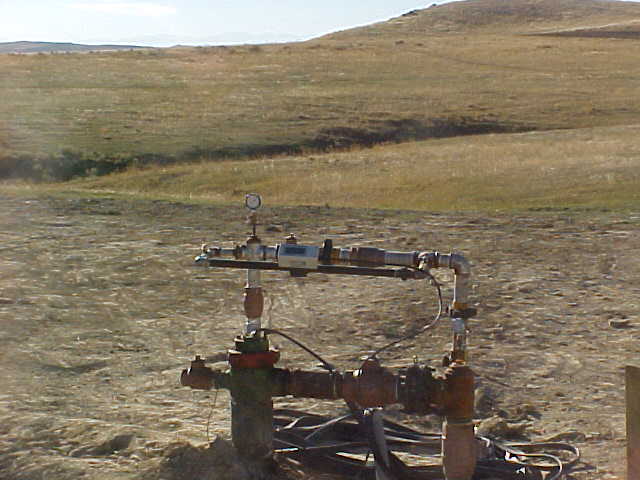How We Farm Gas
Most all produced natural gas comes from one of two processes, thermogenic or biogenic. Biogenic gas develops from methanogenic organisms in marshes, bogs, landfills, and shallow sediments. Thermogenic gas comes from buried organic material. Being deeper in the earth, thermogenic gas develops at much higher temperatures and pressures.
To understand how we can “farm” gas underground, it’s best to know how gas is traditionally produced.
The Two Types of Gas

Most vertical wells produce thermogenic natural gas; the same is true for horizontally drilled and fracked wells. Some of the areas in the United States where thermogenic natural gas is common are:
- West Texas
- Gas from Western Colorado and Wyoming
- Marcellus formation in Pennsylvania
- Utica Shale formation in Ohio
- Pennsylvania and West Virginia
- Haynesville Shale formation of NW Louisiana and NE Texas
- Bamett Shale formation of North Central Texas
- Eagleford Shale of SW Texas
In the US, most biogenic gas is produced from shallow, buried coal seams. This type of gas is called Coal Bed Methane (CBM). In most cases, CBM is well over 90% methane (CH4) with minor amounts of nitrogen (N2) and carbon dioxide (CO2).
Coal Bed Methane and Water
CBM development has been ongoing since the late 1980s. To produce the biogenic natural gas from coals, the first step in most CBM wells is withdrawing vast quantities of the usually potable, formation water. This water naturally occurs underground, usually in the coal seam, which serve as aquifers. Read more here about why we think gas is important today.
CBM is most likely generated by the methanogenic community and adsorbed into the coals matrix during the many millions of years required for the coalificaiton process. The coals of northeast Wyoming are roughly 20 million years old.
The typical CBM production process involves lifting the water to the surface, occasionally treating it, and then disposing of it in natural waterways. As the formation water gets removed, the hydrostatic pressure lowers in the coal reservoir. The removal of water is a massive waste of a valuable asset. Without coal-aquifer water, the habitat of the methanogenic organisms that make the hydrogen and methane is destroyed.
Current CBM production in northeast Wyoming is in the 15th year of decline and, amazingly
enough, the water levels in most of the gas productive coals has recovered to close to the pre-CBM water removal levels.
An Opportunity to Farm
Scientific literature has documented the approach of “farming” these underground, mostly dormant methane-producing organisms. Building on these approaches, in 2019 Emerald field tested its proprietary “methane farming” process. And in 2022 and 2024 Emerald successfully tested its bio-hydrogen farming admentmnets. Armed with new technology specifically using Emerald’s patented gas-water separation Tool, farming hydrogen and methane from these coals is now possible.
Farming bacteria, in conjunction with this proprietary Tool, Emerald Operating will produce a renewable, sustainable, non-fracked, natural-gas generated revenue stream at current and future (higher) natural gas prices.
If you’d like more information on Emerald or Emerald’s activities, please contact us here.
